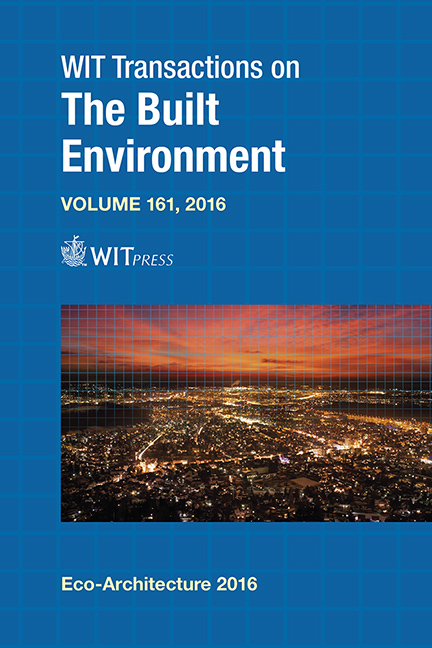Material (re)contextualization: Goal Establishment In Means-oriented Architectural Design
Price
Free (open access)
Transaction
Volume
161
Pages
10
Page Range
83 - 92
Published
2016
Paper DOI
10.2495/ARC160081
Copyright
WIT Press
Author(s)
N. C. Pereira, S. Datta, F. M. Mancini
Abstract
The most common starting point for design is the definition of the design problem. This is commonly expressed as goals and objectives to be met and referred to as “goals-oriented” design. A reverse process for conceiving architecture, called “means-oriented” design uses available materials and means as a starting point for design and then establishes a process for detailing and objectives to be reached. Designers are directed by discarded materials, elements or structures, with no initial spatial objectives. Means-oriented design is therefore a novel approach in which designers and architects research the affordances of means before they establish a process. It brings the importance of materiality back to design science and encourage adaptive reuse within the process. Early consideration of materiality during the design development resituates older materials within a new context. In light of the above, the main objective of this paper is to identify how goals are built during means-oriented design and how this affects the reuse of materials, elements or structures. The paper reports on the analysis of findings from a learning environment where students were challenged to design and build panels from irregular sized decommissioned weapon parts. Their approach and outcomes for each stage were unfolded and potential influences between internal and external factors were crossed to search patterns upon the definition of proposals and the final product.
Keywords
means-oriented design, reuse, design goals, adaptive reuse





